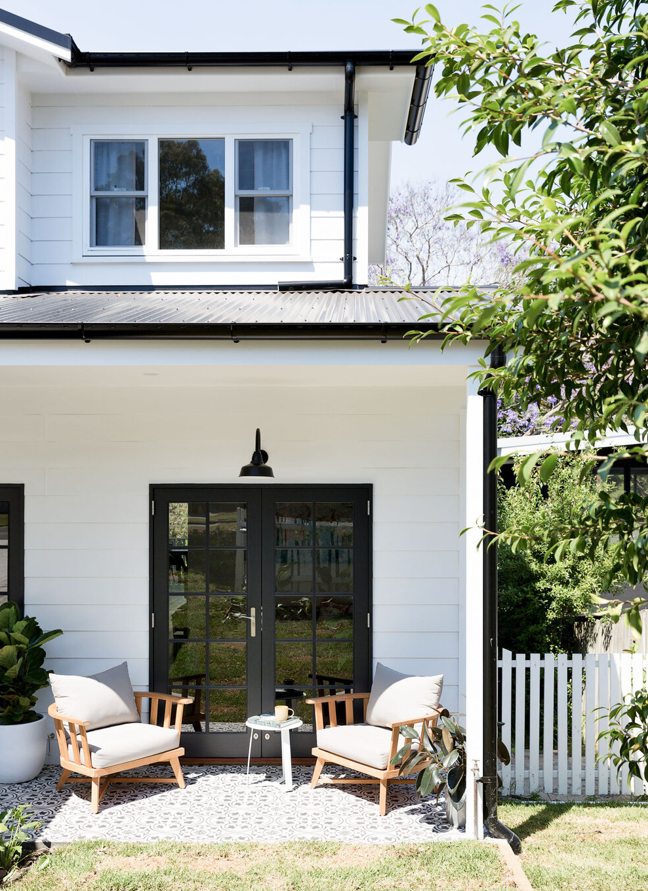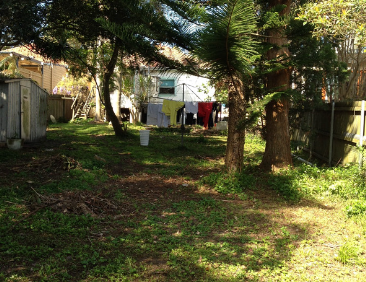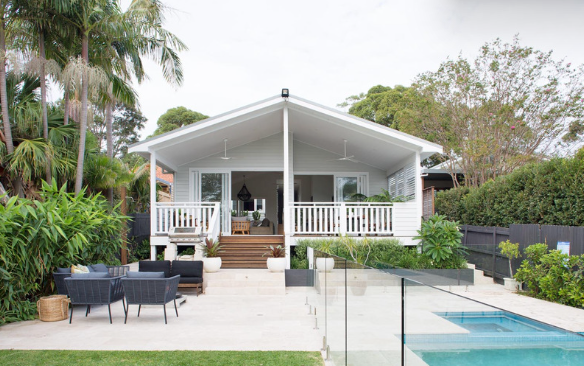6 Steps to Answering the Renovate Vs Build Question
Have you been thinking about whether to renovate, extend your home out or up or even a knock down re-build? Many of our clients started their projects asking the same questions.
It’s not a decision to be taken lightly, and there’s no clear cut formula to the answer. Not to mention, The post-COVID construction landscape, marked by skyrocketing costs and industry challenges, has added a new layer of complexity and fear to the building and renovations question as a whole. While many homeowners dream of upgrading their spaces through a simple renovation, by the time you’ve written the list, chatted to some builders, look at some stats on construction cost increases…suddenly you’re not so sure a renovation is a good idea. Would you actually be better off starting over from scratch?
Have you been contemplating a renovation, extension, or even a knockdown rebuild?
The Gable House - Before and After
Here are some of our tips to start the pondering process:
#1 Consider the existing features
Are there any beautiful features worth preserving in the home? When designing a renovation we always aim to be respectful to the existing character of the home. This might include some gorgeous curves of P and O architecture, art deco detailing or stained glass windows and pressed ceilings of a federation home. Perhaps it’s beautiful high ceilings or a cool mid century vibe that you want to revive, not downplay. Or maybe it’s more emotional… a home that’s been in the family for generations and you couldn’t bear to tear down. It also might be that well-maintained heritage homes in your area attract a premium price if you are considering selling down the track. Or something you can’t even put your finger on… you just know it has to stay. These factors are all valid in the argument for renovating, not knocking down.
Burringbar - Before and After
#2 Consider the site
Next step is to think about the site the home sits on. Is the existing home utilising the site to its best potential? There might be a glistening ocean view or beautiful natural surrounds you are not quite capturing. By knocking down, we can frame this view with clever design and architecture. The orientation of the site is also essential to increase the natural light and breeze through the home. For example, a north facing living space will maximise the sunlight particularly during winter. Is the home oriented to capture this or is it going to be a lot of work to try and get the light into the existing structure?
How is the drainage on the site?
Is the stormwater management a constant headache?
What are the passive cooling and heating options available to you?
Are you constantly fighting against the elements to stay comfortable?
Are you in a bushfire zone?
What is your access and aspect like?
Are there any local planning laws and restrictions that may impact whether it’s best to renovate or knock-down and rebuild?
#3 How long is the list?
Apart from the obvious rooms you might want to upgrade like a kitchen or bathroom, what else is there that might need re-doing? Mismatched flooring, uneven ceiling heights, old rusty windows, mould or damp issues are definitely some of the things to consider changing to really elevate your home for a more seamless aesthetic. Or maybe you’ve outgrown your space and need more bedrooms and another living room for the kids. It’s so often we start with one change in mind and then realise it’s not worth doing unless we do the adjacent room, or fix the floors or bring forward the ideas we had for a couple of years down the track. When that list gets so long it no longer makes sense, the argument to develop a master plan that can either be planned over several years or if the budget allows now, knockdown and re-build comes into play.
Hunter Street - Before and After
#4 What's your budget?
The most important factor before working through any of these questions is, what’s your budget? It's a tricky question but really worth thinking about, especially considering construction costs have risen 20 - 30% over the last couple of years. What might have got you a brand new top floor just three years ago, might get you a lot less now.
It’s not unusual for us as designers that we discover that the cost of a renovation outweighs the cost of a brand new build. While that might sound absurd, there are so many factors that influence the cost per sqm of works, including the unknowns that are often uncovered during a renovation. It’s worth pausing and discussing the investment with a real estate agent to determine whether you’ll get the return in value from either a renovation or a knock down rebuild keeping in mind the length of time you plan to stay in the home.
#5 Which solution would be more future proof?
Think about whether a renovation will support your family for the next two, five, or even ten years. Does the layout actually work for when the kids become older or the elderly parent moves in, or are some major structural changes required to achieve what you really need?
Energy efficiency and long-term sustainability are increasingly important factors for homeowners. With rising energy costs and growing environmental concerns, it's essential to consider your home's "green" credentials. Consider whether investing in energy-efficient features is a priority for your family.
The Collaroy - Before and After
#6 Talk to experts
Your home is one of the most important assets you have, so take the time to discuss with design and construction professionals about the particulars of your site and your existing home, review your budget, your objectives and assess what is feasible.
Need more information?
Book a FREE 15 minute CONSULTATION to discuss your NEW BUILD and RENOVATION







